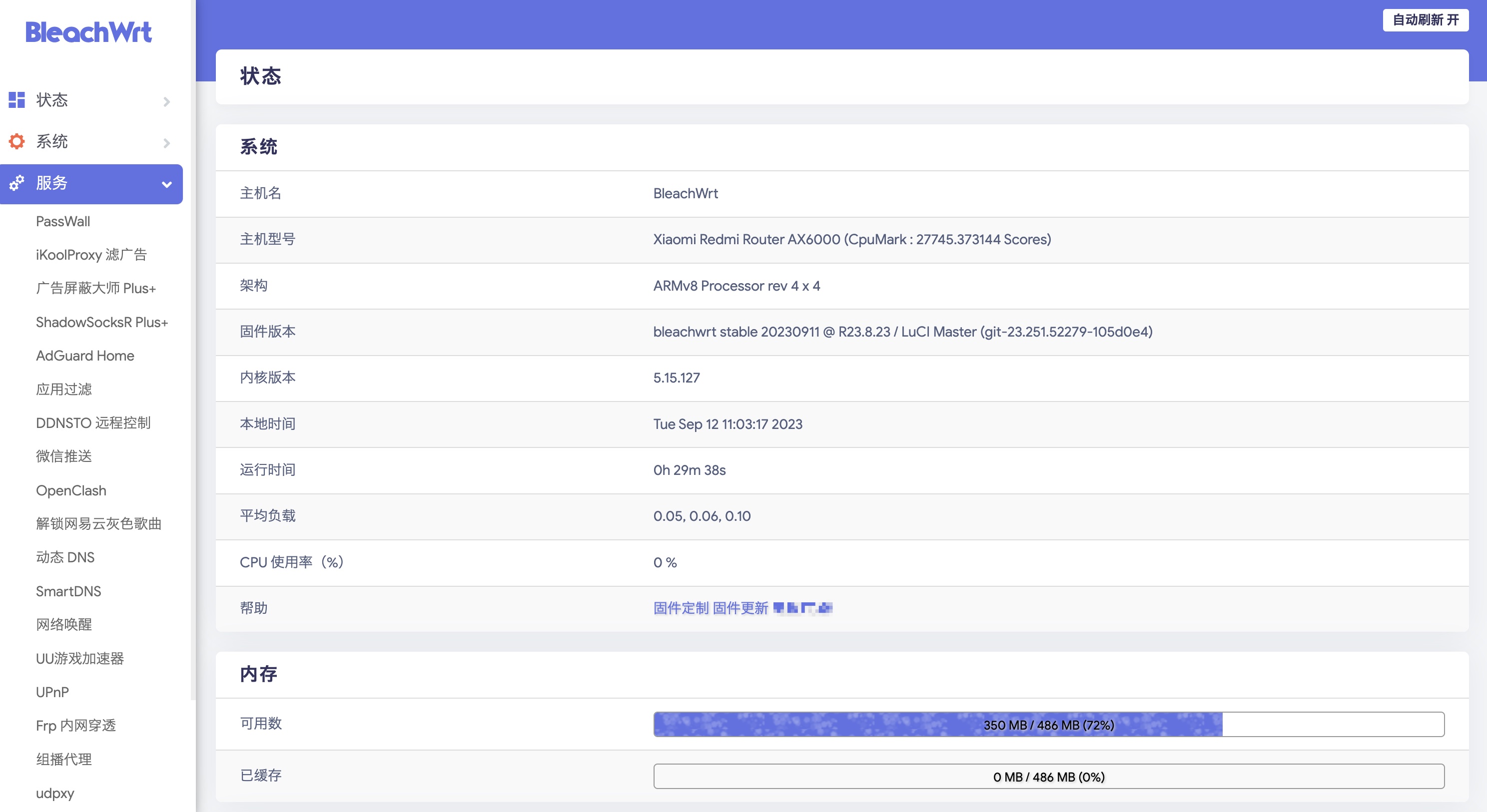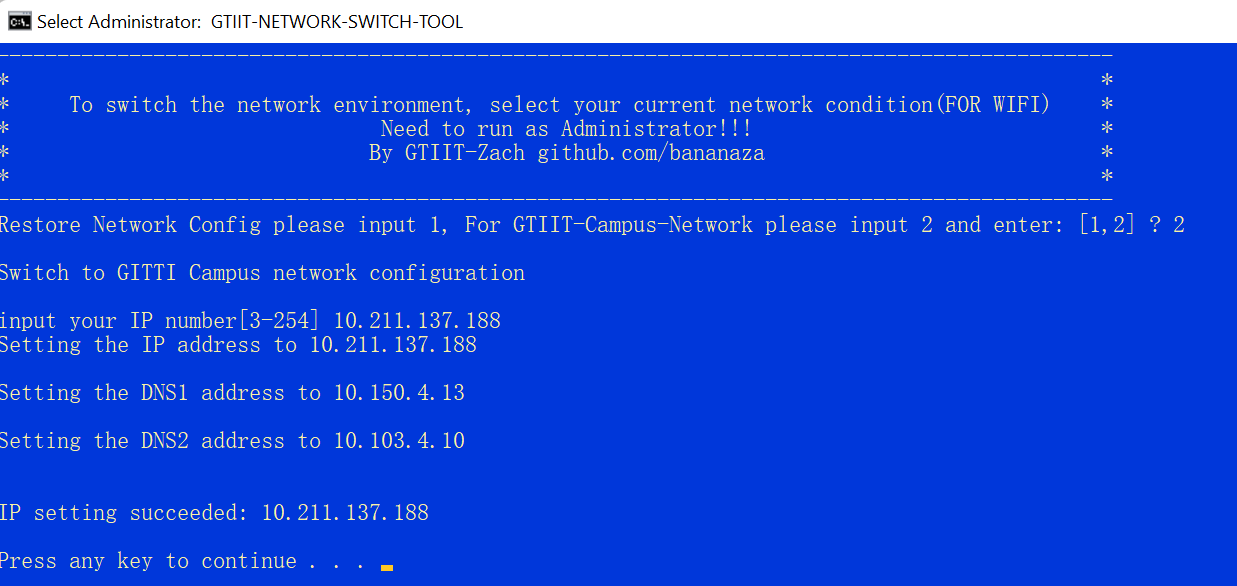Java-线程
你没看错,上面这张封面图为AMD推出的CPU,名为 ‘ 线程撕裂者 ’ ,霸气侧漏的命名反映出了它强悍的性能,而 ‘ 线程 ’ 究竟为何物,在Java中又如何应用呢?
一.概念
- 进程
- 是指可执行程序放在计算机存储器的一个指令序列,是一个动态执行的过程
- 线程
- 比进程还要小的运行单位,一个进程包含多个线程
- CPU通过时间片轮转完成多任务
二.线程的创建
创建一个Thread类,或者一个Thread子类的对象
| 构造方法 | 说明 |
|---|---|
| Thread() | 创建一个线程对象 |
| Thread(String name) | 创建一个具有指定名称的线程对象 |
| Thread(Runnable target) | 创建一个基于Runnable接口实现类的线程对象 |
| Thread(Runnable target, String name) | 创建一个基于Runnable接口实现类,并且具有指定名称的线程对象 |
Thread类常用方法
| 方法 | 说明 |
|---|---|
| public void run() | 线程相关的代码在这个方法写,一般要重写 |
| public void start() | 启动线程的方法 |
| public static void sleep(long t) | 线程休眠(毫秒) |
| public void join() | 优先执行调用join()方法的线程 |
| public void getName() | 获得线程名字 |
方法一:创建一个实现Runnable接口的类的对象
1 | //例子 使用该接口原因:Java不支持多继承/不打算重写Thread类其他方法 |
方法二:匿名内部类线程
1 | while((s = br.readLine())!=null){ |
创建线程的两种方式总结
| 方式 | 启动 |
|---|---|
| 通过继承Thread类创建线程(MyThread为例) | new MyThread().start() |
| 通过实现Runnable接口创建线程(MyRunnable为例) | new Thread(new MyRunnable()).start() |
三.线程的状态和生命周期
| 状态 | 说明 |
|---|---|
| 新建(New) | 创建线程对象 |
| 可运行(Runnable) | 获取CPU使用权变为正在运行状态 |
| 正在运行(Running) | 时间片用完回到可运行状态 |
| 阻塞(Blocked) | join() / wait() / sleep() / IO请求,调用notify()或等待join()线程执行完毕,sleep超时,I/O请求完成时回到可运行状态 |
| 终止(Dead) | 调用stop()方法进入终止状态 |
进入阻塞状态的方法
| 方法名 | 作用 |
|---|---|
| public static void sleep(long millis) | 在指定的毫秒数内让正在执行的线程休眠 |
| public final void join() | 等待调用该方法的线程结束后才能执行其他线程 |
| public final void join(long millis) | 等待该线程终止的最长时间为(毫秒) |
线程的优先级别(主线程默认为5)
| 优先级常量 | 说明 |
|---|---|
| MAX_PRIORITY | 线程最高优先级10 |
| MIN_PRIORITY | 线程最低优先级1 |
| NORM_PRIORITY | 线程默认优先级5 |
| 方法 | 说明 |
|---|---|
| public int getPriority() | 获取线程优先级的方法 |
| public void setPriority(int newPriority) | 设置线程优先级的方法 |
四.线程同步
典例:存取款问题
为了保证在存取款时,不允许其他线程对账户余额进行操作,需要对实体类锁定
| synchronized 关键字部位 [ˈsɪŋkrənaɪzd] | 示例 |
|---|---|
| 成员方法 | public synchronized void saveAccount(){} |
| 静态方法 | public static synchronized void saveAccount(){} |
| 语句块 | synchronized(obj){…} |
五.线程间通信
| 方法 | 说明 |
|---|---|
| wait() | 中断方法的执行,使线程等待 |
| notify() | 唤醒处于等待的某一个线程,使其结束等待 |
| notifyAll() | 唤醒所有处于等待状态的线程 |
1 | //使用容器类,生产一次消费一次模拟存取款 |
本博客所有文章除特别声明外,均采用 CC BY-NC-SA 4.0 许可协议。转载请注明来自 515code-实验室!
评论











